Malta movies: “Europe’s Hollywood” in spotlight with blockbusters from “Game of Thrones” to “Jurassic Park”

(This is the second of a three-part blog on Malta.)
VALLETTA, Malta – I was sitting in Don Berto, a high-end Italian restaurant on one of Malta’s countless picturesque marinas. The 16th century Fort St. Michael looked out over the wharf where Bill Gates and Stephen Spielberg keep their yachts. Beyond the boats, children jumped in the sun-splashed water as if it was their local municipal pool. I ate my fresh salmon wondering if there was a more peaceful place in Europe.
Then three days later I watched dinosaurs jump atop the building next to me.
Yes, after returning from a lovely five days in this tiny island nation south of Sicily, I watched the capital of Valletta become a battleground for pissed-off dinosaurs. I was back in Rome watching “Jurassic Park: Dominion,” which was partly filmed in Malta in 2020.
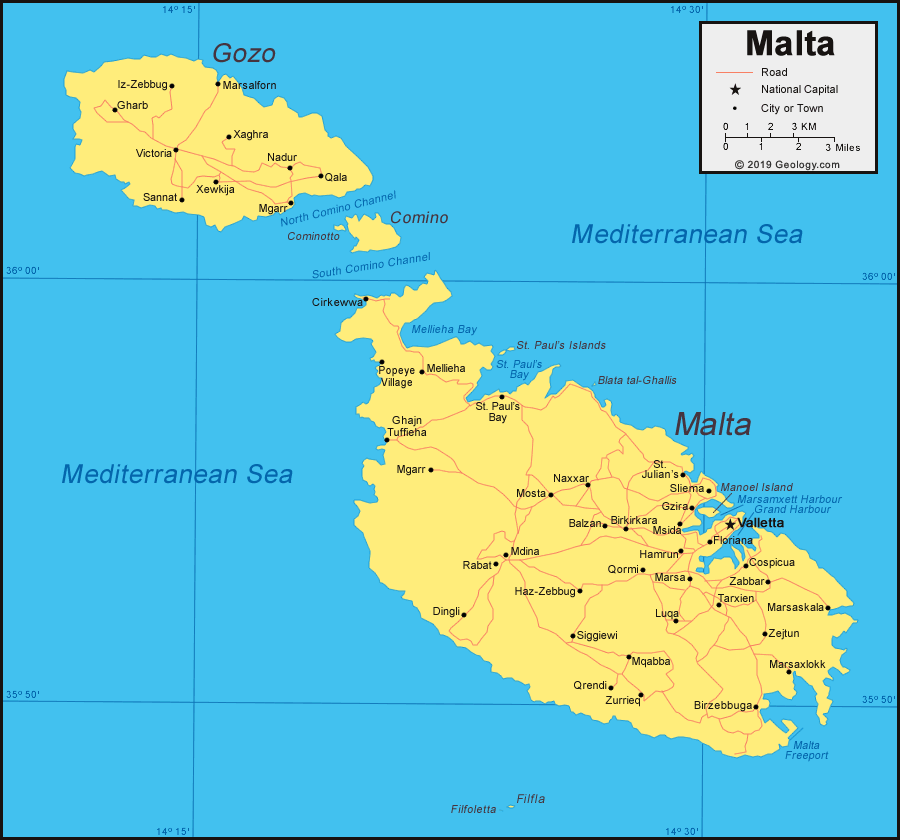
Malta has been the setting of so many blockbuster films and TV series in recent years it has been christened “Europe’s Hollywood.” An estimated 150 films have been shot here. That includes 20 since the pandemic began in 2020, despite Covid restrictions.
Malta movie list
A partial list of films and series through history is like a montage worthy of the Golden Globes: “Gladiator,” “Munich,” “World War Z,” “Game of Thrones,” “Captain Phillips,” “The Count of Monte Cristo,” “Midnight Express,” “Raise the Titanic,” “Clash of the Titans,” “Murder on the Orient Express” (2017 version), “By the Sea,” “Troy.” Madonna shot “Swept Away” here. Robin Williams made his second film, “Popeye,” here.
Russell Crowe has filmed so much in Malta he’s probably conversational in Maltese. During last year’s filming here of “Prizefighter: The Life of Jem Belcher,” about the legendary British champion in the early 1800s, Crowe tweeted, “I fell in love with Malta in 1999 and I’m being reminded on every corner exactly why. This place is fascinating.”
Remember all those man vs. beast horror movies in the ‘70s after “Jaws”? “Orca the Killer Whale” was shot here. They even included an iceberg near this island that rarely gets under 50 degrees.
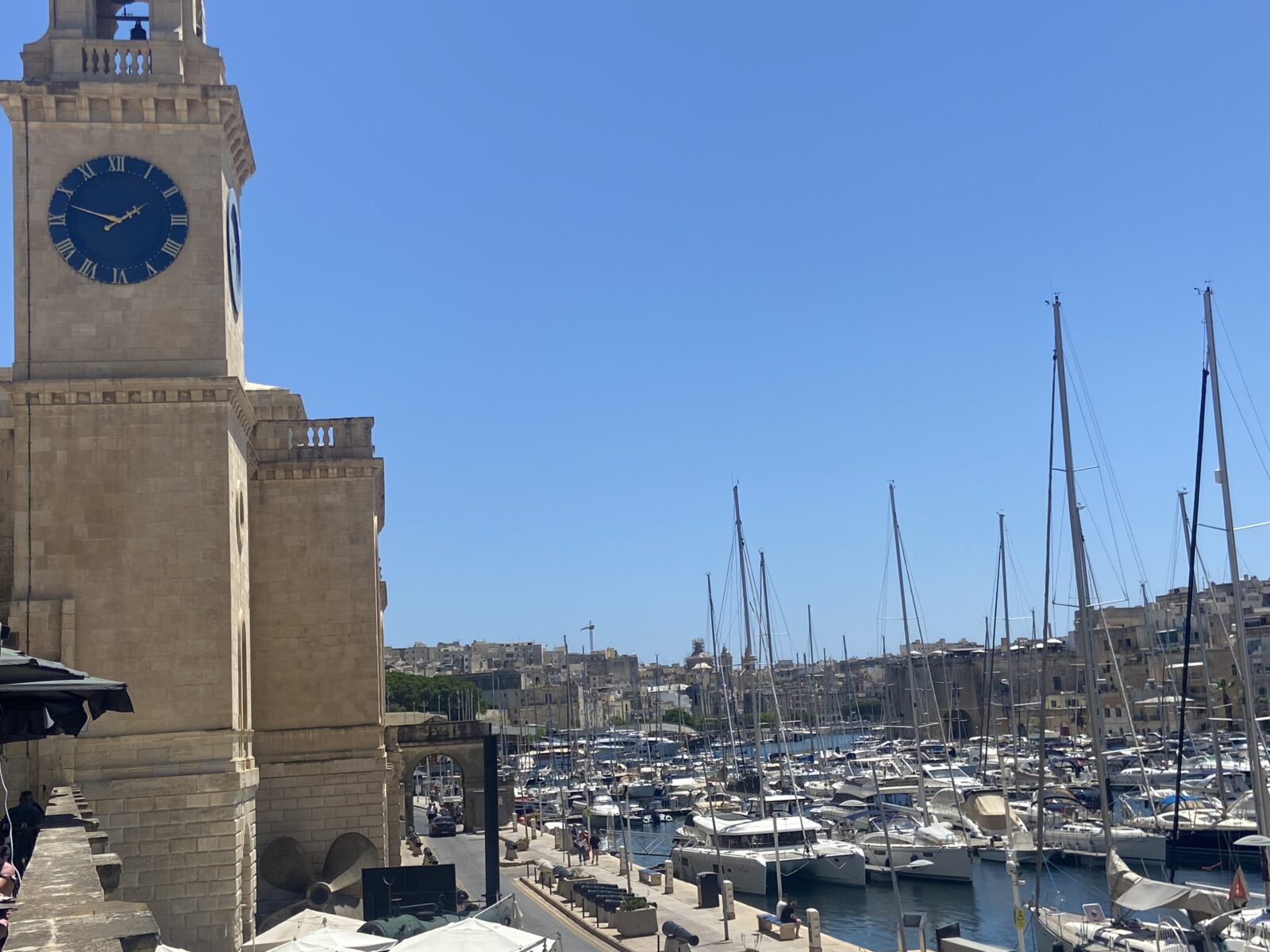
Ridley Scott just wrapped up filming “Kitbag,” in which Joaquin Phoenix plays Napoleon. Three Dracula movies shot here will be released in 2023. “Blood on the Crown,” about Malta’s revolt against British rule in 1919, won multiple awards at this year’s inaugural Malta Film Awards.
“It’s the first time I’ve had Americans, Canadians coming over to Malta for the very first time and I would actually ask, ‘What would you fancy doing?’” tour guide Audrey Marie Bartolo said. “They said ‘A Game of Thrones’ tour,’ without knowing I was involved in it.”

Tourism makes up 11.6 percent of Malta’s economy but in the previous three years the movie industry has pumped into the local economy 98 million euros, according to The Hollywood Reporter. Being an extra in Malta is like being a bartender in Ireland. Audrey has appeared in too many films to count but she remembers her roles.
Let’s see, she was a harlot in “Kitbag,” a Dothraki in “Game of Thrones,” a Jewish refugee in “Das Boot,” an luminist in “Foundation,” a Bulgarian passer-by in “Last Voyage of Demeter.” She’s been an airport officer and an airport courtesan and a wedding guest, among other roles.
“(Demeter) was the third entry in Bran Stoker’s ‘Dracula,’” she said. “In August I had layers of clothing. Honestly, I don’t know how I managed. It was one of the toughest movies I took part in. I couldn’t stand the heat.”
But there were plenty more highlights.
“Joaquin Phoenix winked at me,” she said with a smile before adding, “But only during rehearsal. When he was doing his real action there was nothing of that sort.”
Why Malta?
Spend a few days on this island as I did two weeks ago and it’s easy to see why Malta is perfect for film. Despite being only 17 miles long and nine miles wide, it is as versatile as Joaquin Phoenix’s acting.
Valletta’s limestone architecture makes it look like the Middle East. The outdoor cafes could pass for cities in Europe. The forts could be from Europe’s Middle Ages. The Mediterranean Sea and 300 days of sunshine could be anywhere. “Munich” used it for Rome, Paris and Greece. “Kitbag” used it for France. “Troy” and “Midnight Express” used it for Turkey. “Murder on the Orient Express” used it for Israel.
“Jurassic Park: Dominion,” however, used it for something else.
Malta.
“We love to see Malta as Malta,” Audrey said. “Not always as a stand in for another country.”
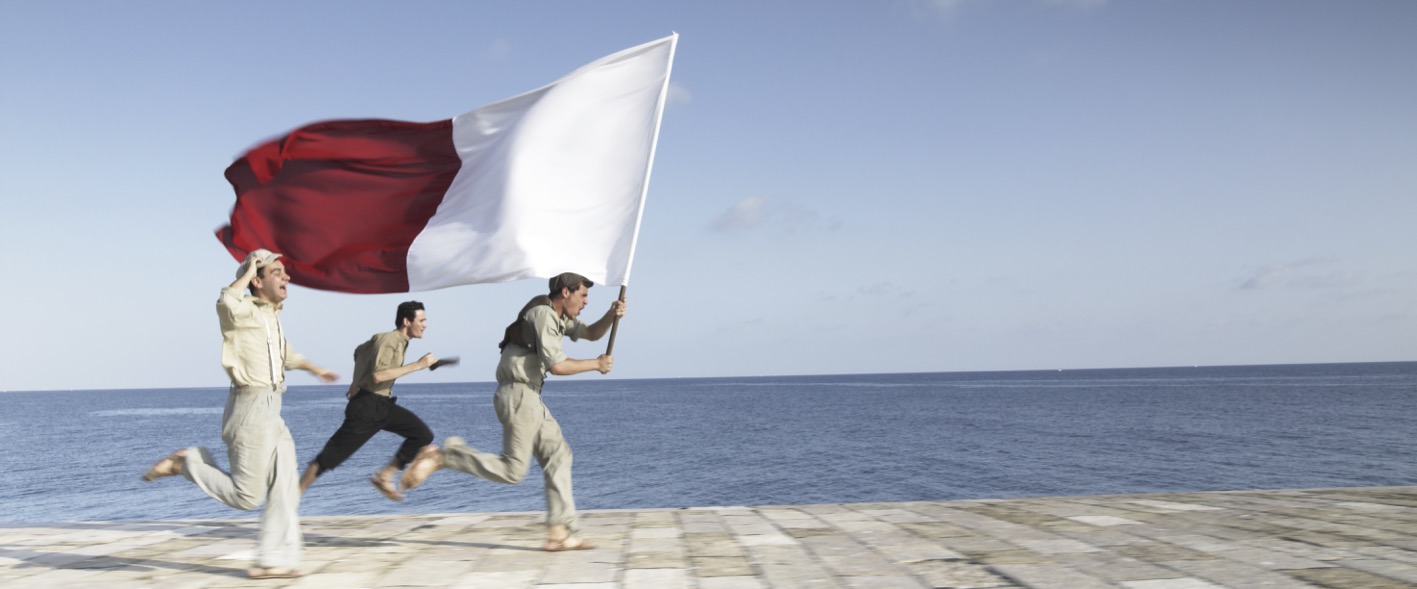
Amblin Entertainment had a reason to have about 30 minutes of the movie based and filmed in Malta. The Maltese government pays more. Malta has been the site of films since “Sons of the Seas” in 1925 but it wasn’t until about three years ago the government made a huge investment in the country’s film industry.
The government began offering 40 percent back on eligible local expenditure for any production where at least 100,000 euros is spent on the island on films with a minimum 200,000-euro budget.
It also helped that Malta did a good job containing Covid. The government gave every worker supplements so he and she wouldn’t lose their job. The island became a closed environment. Society never shut down. Studios felt safe coming here.
Commissioner Johann Grech
The braintrust behind Malta’s movie boom is Johann Grech, commissioner of the Maltese Film Commission, and Clayton Bartolo, the Minister of Tourism (no relation to Audrey). Named commissioner in 2017, Grech helped make Malta more pronounced on the international map with Malta Film Week and steered the industry through Covid in an attempt to make Malta, Grech said, into “a world-class film country.”
At one time during Covid last year, four different films were shot on the island.
“Since 2015, there has been one commissioner after another,” said Alan Cassar, operations manager for Malta Film Studios’ water tanks and who has been in the film business in Malta for nearly 30 years. “But this commissioner has taken the game to another level. Along with the Minister of Tourism, Bartolo, they are taking this very seriously.
“We are seeing it with one film after another.”

Water world
Cassar’s water tanks are an example of the government’s investment. Audrey drove Marina and me to a dry, barren landscape across the harbor from Valletta. Malta Film Studios is a sprawling space hard by the Mediterranean.
Cassar, the water tanks manager for 10 years, took us through the gate to a huge area of water adjacent to the sea. This old water tank, built in 1964, is 112 meters by 95 meters and two meters deep, enough to film water scenes in countless films such as “Captain Phillips.”
“The last scenes where Tom Hanks is swimming toward the boat,” Cassar said. “It was all filmed seven, eight miles off the coast of Malta. Then certain scenes that needed to be controlled and were dangerous to shoot out at sea, they were created in the tanks.”

On the side of the pool were old props of a shark, a whale and two boats. Also, large machines that looked like giant fans were strewn around like so many lawn tools. They’re wave machines. The studio has five small ones and two big ones. He has wind machines and water cannons that have produced some of the biggest storms in Hollywood.
Actually, just a few meters away the Mediterranean was as calm as a bathtub.
“I can send 2 million tons of water on a subject,” Cassar said. “From 0 to 40 seconds, I can create a super storm.”
Beyond the pool is a long black shadow. It’s a model World War II submarine that is at rest in a recess four meters deep. However, a pool two or four meters deep isn’t ideal for a film entitled “Raising the Titanic.” They needed something bigger for bigger boats.

In 1977, producers of the film spent $3-4 million on a massive scale of the Titanic and needed a bigger tank. Up the hill we saw it: A giant empty, round basin that’s 11 meters deep in the center and can hold 46 million liters (12 million gallons) of water. It takes 15 hours to fill. It looks like a giant wok that could feed Taiwan.
“It’s still unique everywhere,” Cassar said.
You’ll see the tank in next year’s “The Last Voyage of Demeter,” one of the three Dracula films which details a terrifying voyage from Carpathia (the modern-day border area between Ukraine and Romania) to London on a merchant ship inhabited by your worst nightmares.
“We built a 70-meter full-size gallion with hydraulics going up and down the water,” Cassar said. “We had a big storm sequence all summer long, shooting vampires on deck and werewolves. It was an amazing film.”
The sites
We bid adieu to Cassar while making a mental note to watch “Demeter.” I want to see how sailors survive werewolves and vampires invading your ship during a massive storm. (Don’t you hate it when that happens?)
Audrey drove us about 15 minutes to the town of Rabat. Its most noted point of interest is St. Paul’s Church & Grotto. The 17th century church has stairs leading to the cave where it’s said St. Paul preached in Malta when his ship crashed in 60 A.D. and he introduced Christianity to the population.
I was more interested in the simple outdoor cafe across the piazza. Vince Bar has a few simple tables under big white umbrellas. It’s the kind of cafe scattered all through Southern Europe. But it was in this cafe that the vengeful Israelis celebrated their latest victory against the perpetrators of the 1972 Olympics massacre in “Munich.”
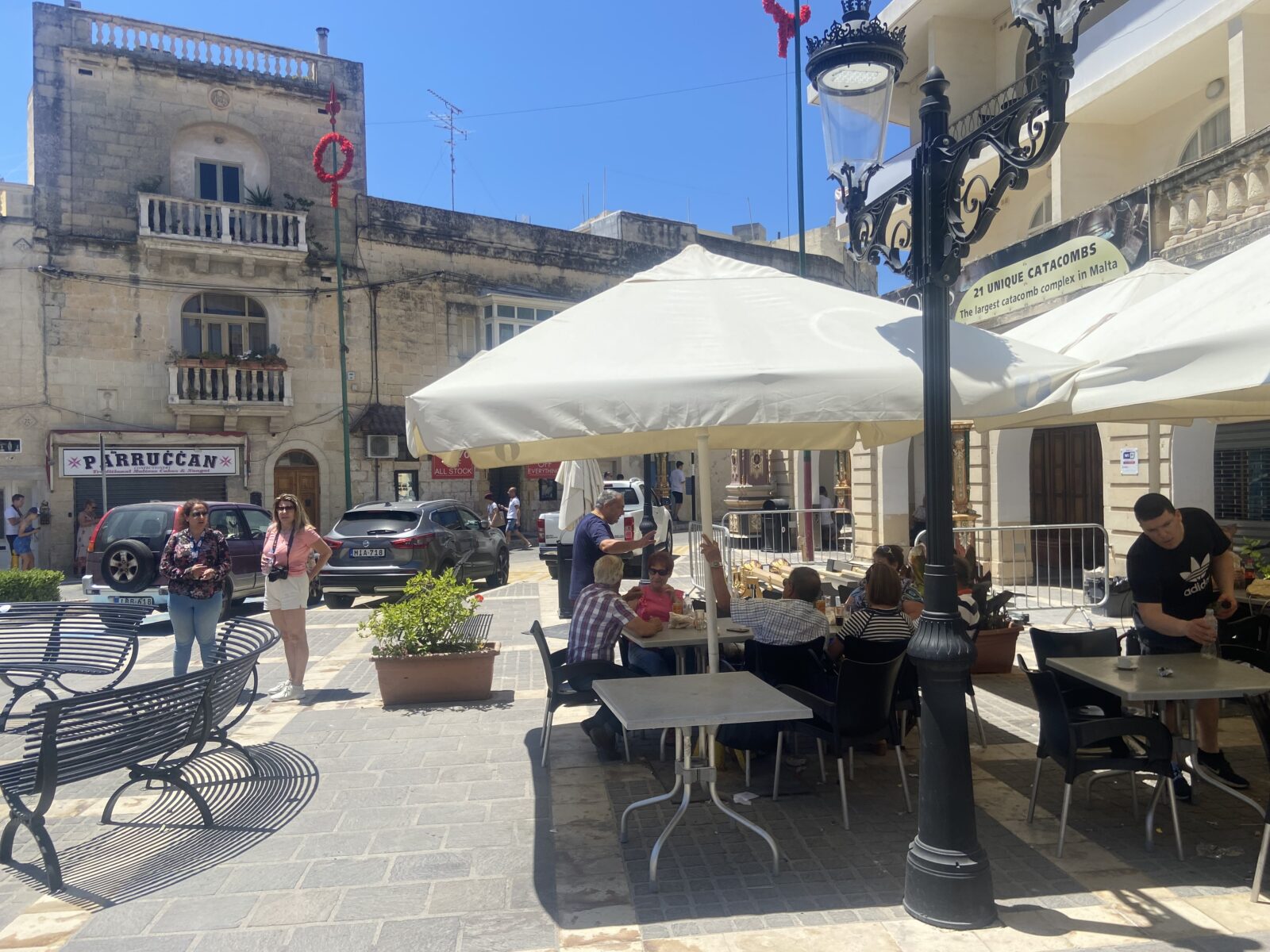
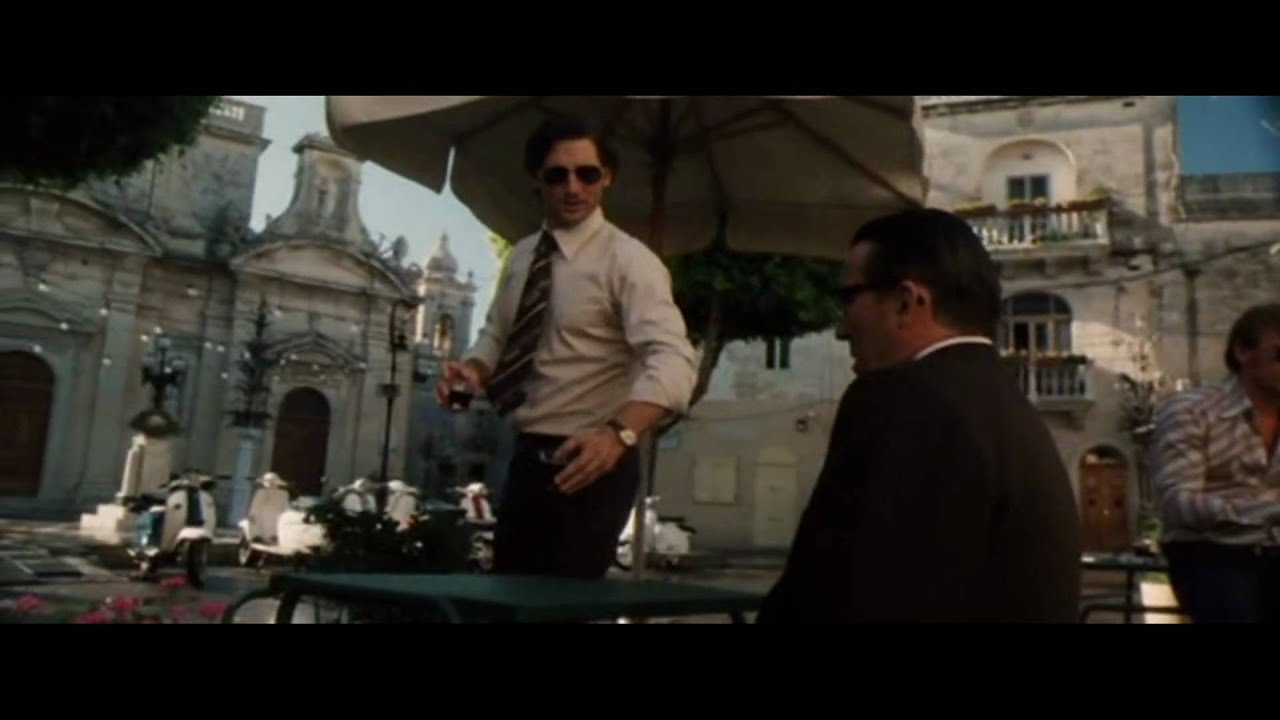
The 2005 film is one of my favorite movies and from one of the worst sports tragedies of my lifetime. As I looked at the old Maltese men sitting around chatting, Audrey called up the movie clip on her cellphone. I saw Eric Bana and Ciaran Hinds and Co. sitting down at the same tables with the Italian flag in the background to indicate the scene is from Rome.
In fact, Ray, my cab driver, told me his friend had a business on the piazza. The studio offered to pay him 20,000 euros to change the sign to something resembling the ‘70s. He asked for 40,000 and got it.
“He said, ‘Studios are rich,’” Ray said.
Audrey drove us to the neighboring town of Mdina. Malta’s original capital from medieval times is a walled city made of gold limestone surrounded by what was once a moat. Are you a fan of “Game of Thrones”? Remember the first season when Ned Stark kisses Catelyn Stark for the last time?
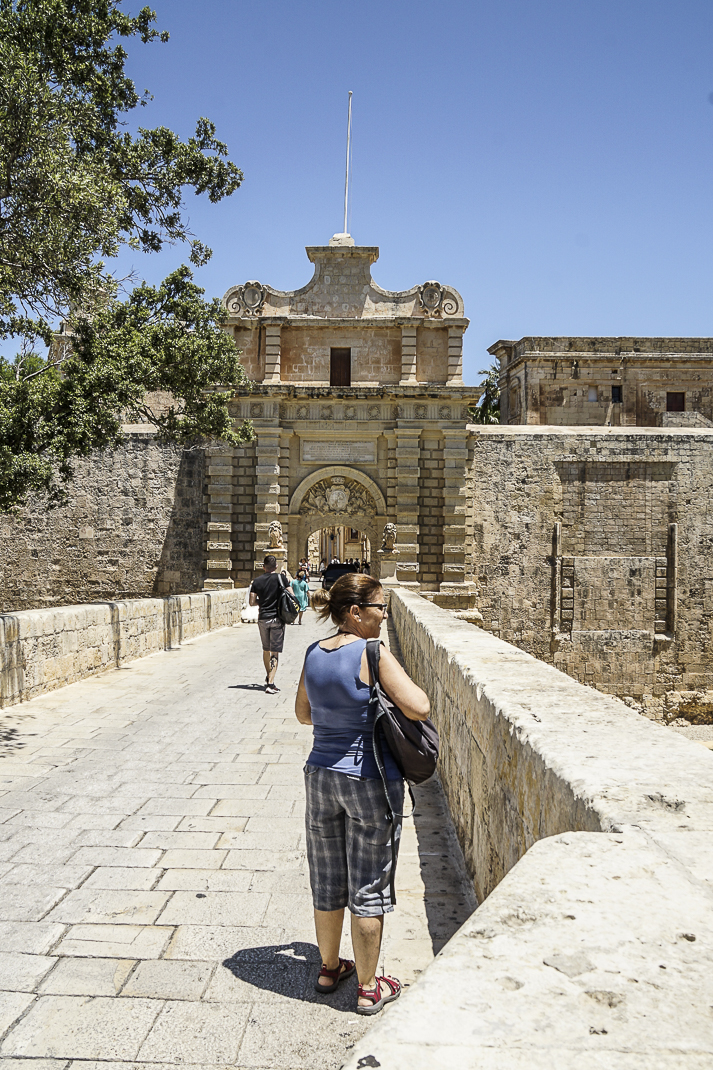
We walked through that same gate to enter the city, where people still live (for outrageous rent). Audrey pulled out her cell phone and I saw actor Sean Bean (Ned Stark) talk to Michelle Fairley (Catelyn Stark) as people in medieval clothes scurried about in the same place where I stood.
With its narrow alleys and cascade of limestone structures everywhere, Mdina is almost as popular in films as Russell Crowe. We walked down a few streets and Audrey showed us the street corner where she spent many a shoot leaning against the wall as a harlot.
We went back to Valletta for two of the scariest movies ever made here. I had toured Fort St. Elmo and its excellent War Museum two days before. What I didn’t know is the fort, built by the Knights of St. John in 1552 and used to hold off Ottoman attacks in the Great Siege of 1565, was used as the final scene in “Midnight Express” from 1978.

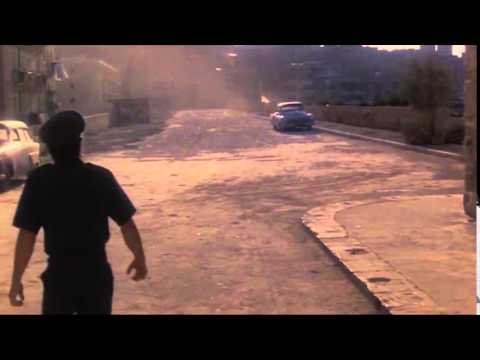
It was the true story of Billy Hayes, an American busted in Istanbul’s airport for smuggling 4 ½ pounds of hashish. We stood at the gate where the late actor Brad Davis walks out after killing the Turkish guard and stealing his uniform. Audrey showed us the clip and there he was slowly walking through the gate where we stood and down the street. He kept his head down as a military car passed him then he ran down the street, jumping for joy after five years in a Turkish jail.
It’s not how Hays really escaped. He got transferred to an island prison, stole a dinghy and rowed 17 miles through a storm to freedom. But no matter. I put myself back in 1976 when they shot the film and myself in front of the TV a dozen times watching the movie.
That street also leads to St. Anne’s Street, a tiny, dark alley that’s only about 70 feet long. It was this street where Brad Pitt and thousands of others, including Audrey, ran down to escape the zombies in “World War Z.” Some made it. Some, as Audrey’s ubiquitous clip gruesomely showed, did not.
We noticed the wire roof, through which zombies intercepted frantic, fleeing victims, was gone. Electrical wires hung everywhere over the crude concrete floor. A young Indonesian man sat outside his apartment door. He said we were the first tourists he’s seen on the street in a year.
“It’s changed a lot,” Audrey said. “It’s all repainted.”
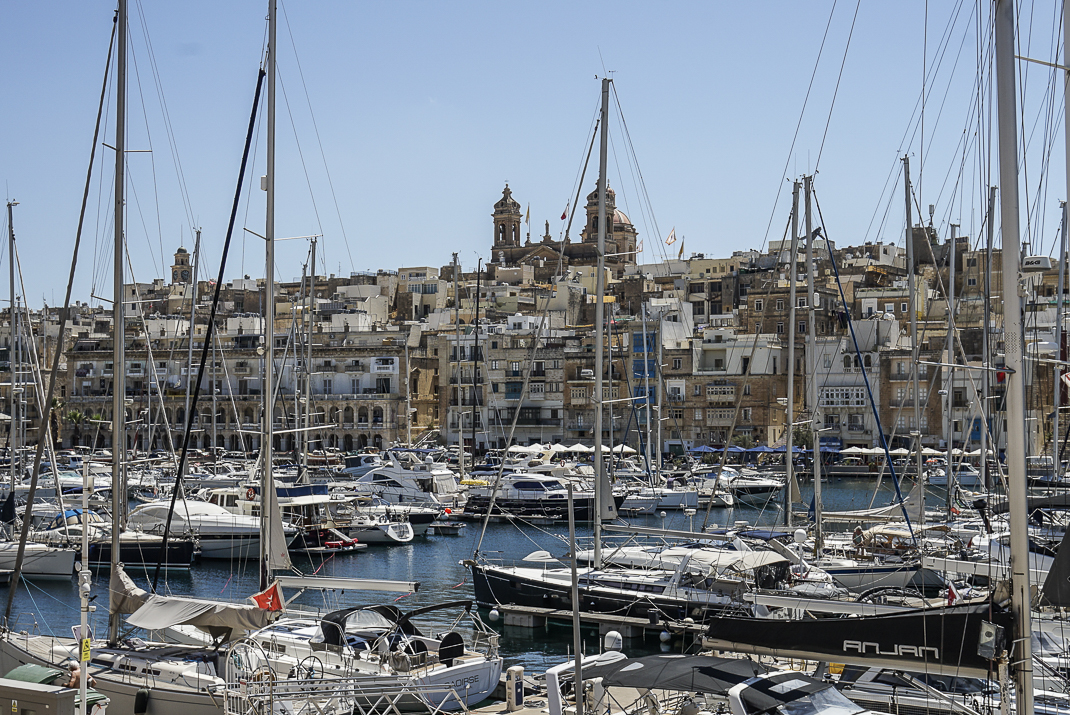
Back at lunch, Audrey talked about the latest “Jurassic Park.” She wasn’t in it. All the cast and the thousands of extras had to take daily Covid tests. But she saw the movie the weekend it was released. She, too, saw the dinosaurs leap from the Church of St. Senglea to the War Museum next door to us.
Later back in Rome I saw the film and saw Chris Pratt and his motorcycle flying down narrow Strait Street, once Vallarta’s red light district, just a spoke away from raptors’ snapping jaws. I saw massive St. George Square nearby where the dinosaur gobbles a tourist like a meatball. (Spoiler alert: It’s about the only scene where someone is eaten in a tasteful movie surprisingly void of overt bloodshed.)
Another “Gladiator” or “MI”?
What’s next for Malta? Movies are a major topic of conversation in a prosperous island nation with less than 4 percent unemployment and the other 96 percent seemingly working as extras. Rumor is it that Russell Crowe made a surprise appearance to see Ridley Scott and Joaquin Phoenix during the “Kitbag” shooting, leading to speculation that a “Gladiator” sequel is in the works. So, I heard, is the next “Mission Impossible.”
What is confirmed is Malta’s status in the movie biz won’t fade like a Hollywood starlet. Its staying power is as strong as its sun. Of course, good facilities and a supportive government help.
“Tourism and film go together a lot,” Cassar said. “When I go abroad and I see the world ‘film,’ it’s sexy on its own. Film everywhere in the world is attractive. It’s an attraction.”

Do you want to go?
How do I get there? Air Malta has direct flights from 18 major European cities, including four in Italy. I paid 91 euros round trip for the 90-minute flight from Rome.
How do I do a film tour? Contact Audrey Marie Bartolo at audreymarie783@gmail.com.
Where should I stay? Diplomat Hotel, 173 Tower Rd., Sliema, 356-2134-5361. Home (diplomat.com.mt). Across street from sea with rooftop pool and bar. Excellent buffet breakfast included and knowledgeable staff. I paid 81 euros a night for four nights. Prices start at 120 a night in July.
Where do I eat? Ta’ Kolina, 151 Tower Rd., Sliema, 356-2133-5106, Ta’ Kolina | Facebook, noon-10:30 p.m. One of best places in Malta for traditional Maltese cuisine, including rabbit in wine and tomato sauce for 17 euros.
Kaiseki, 77 Merchant St., Valletta. Check out Valletta’s brand new Mediterranean-Asian fusion restaurant on a hip, narrow street lined with outdoor restaurants. Innovative menu such as my octopus flatbread. That and two glasses of Maltese wine came to 28.25 euros.
When should I go? May, June and October. July to September is too hot, crowded and expensive. Highs in August hit 90 with high humidity. June is 83, October 77. January has high of 60 with most rain.
Is there more information? www.visitmalta.com. www.visitgozo.com. Tourist offices are near the Valletta bus station and airport and ferry terminal in Mgarr on Gozo.
(Next: Rabbit, the Maltese diet staple.)


June 21, 2022 @ 9:03 pm
Very interesting and entertaining piece, John.